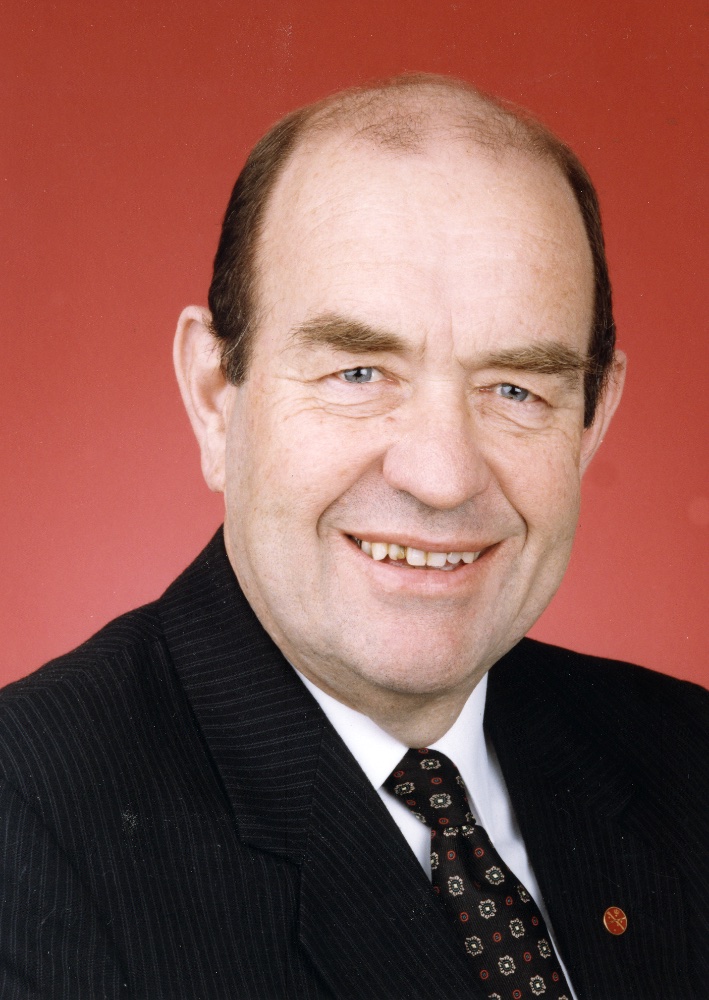Select Committee on Parliament’s Appropriations and Staffing
Select Committees on the Conduct of a Judge and Allegations Concerning a Judge
Since environmental law was constitutionally a state-based power, the Commonwealth government was reluctant to intervene despite strong public sentiment.
The government held a minority in the Senate, with crossbench party the Australian Democrats holding the balance of power. In September 1981, the Democrats moved a successful motion to establish a select committee on Tasmania’s electricity needs and the ‘federal responsibility in assisting Tasmania to preserve its wilderness areas’.
Balancing the river’s environmental and cultural significance against Tasmania’s employment and electricity needs, the committee’s November 1982 report concluded a new hydro-electric scheme could be delayed for ‘at least three years’. In the meantime, ‘the Commonwealth may well be obliged to act to preserve the area and has a considerable number of powers and options open to it’.
After the 1983 federal election, a newly elected Commonwealth government used one of the ‘considerable powers’ the committee had identified to introduce an environmental protection law stopping construction and saving the newly declared World Heritage site. A High Court challenge by the Tasmanian government upheld the legislation’s constitutional validity.
Senator Brian Archer
Attitudes to the dam did not necessarily divide neatly on party and state lines. Unusually, committee chair Tasmanian Senator Brian Archer produced a dissenting report arguing the proposed dam was ‘the most economic power development’, fulfilling an immediate demand for more power in Tasmania.
Even more unusually, neither of Archer’s two fellow government committee members nor opposition Tasmanian Senator John Coates signed their names to Archer’s dissent.
In a 1989 interview, Archer said the committee was ‘formed with all the worst motives in the world and we produced the worst result possible because it was never a committee subject in the first place. It was totally politically oriented before we started. If you’re going to put up political subjects you’ll get political answers’. Hear the full interview.

Senator Brian Archer
Australian Democrats Senator for Victoria the Hon Donald Leslie Chipp, inaugural party leader, 2 November 1984. Australian Information Service.
Senator Don Chipp, a former Liberal minister in the House of Representatives, formed the Australian Democrats and became the party’s inaugural leader in 1977.
In 1981 Chipp not only initiated the Senate inquiry but also undertook a much-publicised rafting trip down the Franklin River.
Chipp and his fellow Democrats senators ‘pioneered the use of the Senate as a means of highlighting awareness of Australia’s environmental heritage’.
Australian Democrats Senator for Victoria the Hon Donald Leslie Chipp, inaugural party leader, 2 November 1984. Australian Information Service.
Senator Bob Brown in the Senate chamber in 1999. DPS Auspic.
The grassroots campaign to save the Franklin River was led by the Tasmanian Wilderness Society, a conservation group headed by future senator Dr Bob Brown.
Upon his 1996 election to the Senate, Brown became the leader of the Australian Greens, one of the first green political parties in the world.
The rise of the Greens heralded the beginning of the end for the Australian Democrats, which had previously held the mantle of Parliament’s environmentally conscious party.
Senator Bob Brown in the Senate chamber in 1999. DPS Auspic.
Find Out More
|
Defining Moments in Australian History, National Museum of Australia |
|
|
Video (6:58 duration), 1986, ABC Education |
|
|
|